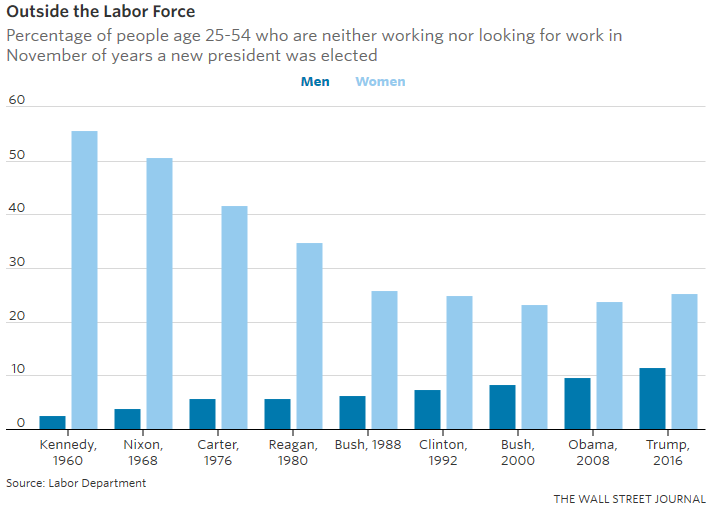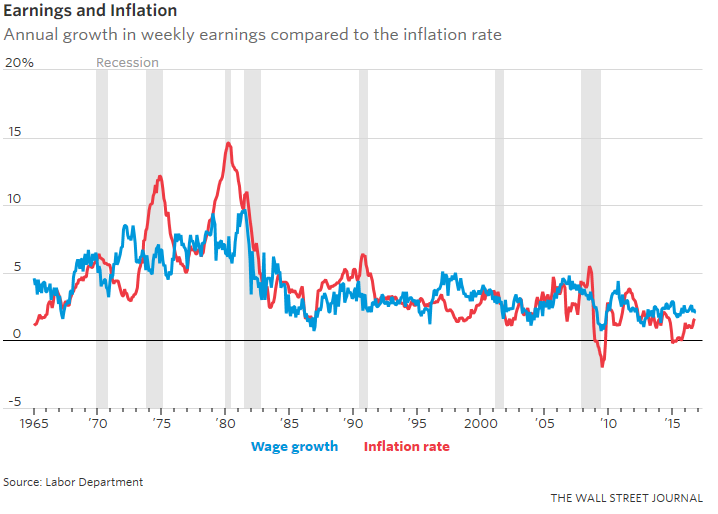Bill Gates, the co-founder of Microsoft and world’s richest man, said in an interview Friday that robots that steal human jobs should pay their fair share of taxes.
He said, and he was serious,
Right now, the human worker who does, say, $50,000 worth of work in a factory, that income is taxed and you get income tax, Social Security tax, all those things. If a robot comes in to do the same thing, you’d think that we’d tax the robot at a similar level.
No, I wouldn’t. Leave aside his blithe assumption that that money is the government’s in the first place, and not the property of the human worker. Leave aside his blithe assumption that the government needs the money. Leave aside his blithe assumption that a human worker should be taxed for a stranger’s current retirement and medical needs (Gates omitted the Medicare-related taxes also collected) instead of his own future retirement and medical needs. Leave aside Gates’ omission of the employer’s payroll taxes on that human worker’s labor.
The whole point of automation is to hold down costs, is to be competitive with other companies, and an outcome of all of this is lower costs to the consumers who are using—in some cases dependent on—the goods and services being sold.
Recode, citing a McKinsey report, said that 50% of jobs performed by humans are vulnerable to robots, which could result in the loss of about $2.7 trillion in the US alone.
Loss to whom? One “loss” is to government revenues—but there is no submission of a justification for Government’s need for the revenue. Another loss seems more real: to the private sector. The money isn’t lost, though, it’s misallocated—to unnecessarily high cost labor, which translates into unnecessarily high cost to consumers.
Besides—the robots already pay taxes, at every company along the production path that leads to a completed robot: costs of acquisition of that stage’s components—from the mine on up—and income tax on their part of that stage company’s income, and on the final assembly’s cost allocation in the production of the final good or service.
Human workers don’t pay much of this at all. This is just another backdoor effort to prop labor costs artificially above the value of the labor. And it’s foolish.


